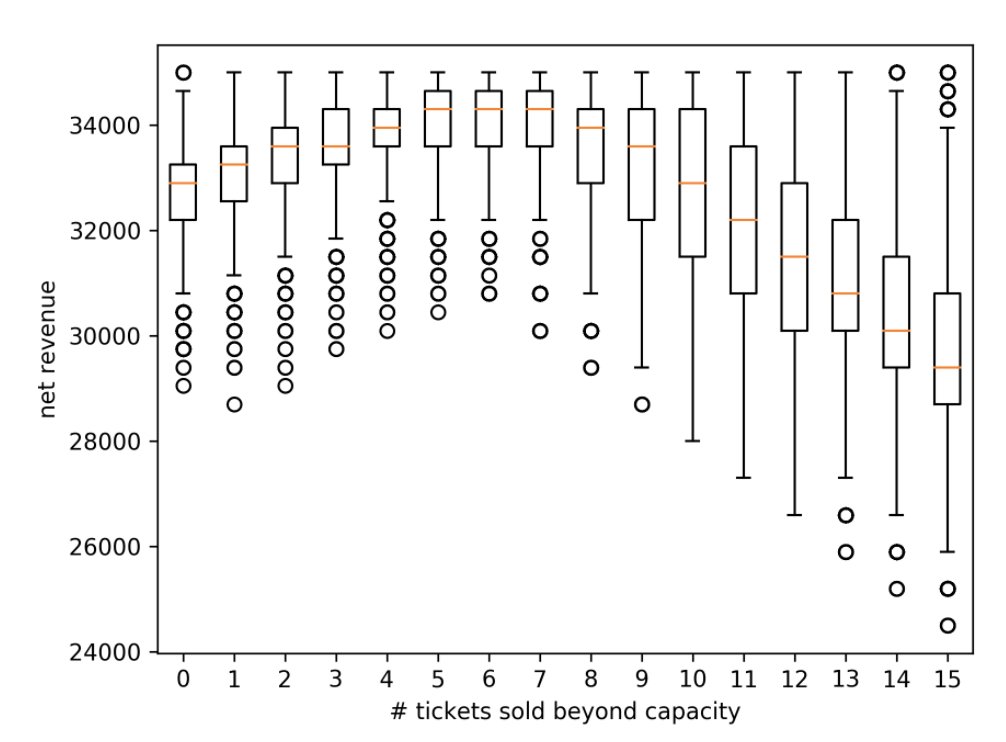

The urine specific gravity was significantly decreased compared to the baseline in each group. FS-ODF resulted in a similar hourly urinary output to OUT during the initial 2 h after administration. In the blood profiles, the concentration of total protein was significantly increased compared to the baseline (0 h), whereas no significant difference was detected in the concentration of creatinine and hematocrit compared to the baseline.

No significant differences were detected in the PK profiles between OUT and FS-ODF. The most suitable film-forming agent was sodium alginate thus, this was used to develop an ODF for easy drug administration. In this study, a furosemide-loaded ODF (FS-ODF) formulation was developed and five beagle dogs were administered a single dose (2 mg/kg) of furosemide via each route using a cross-over design. The objective of this study was to research the pharmacokinetic (PK) profiles and diuretic effect of furosemide after intravenous (IV), orally uncoated tablet (OUT), and newly developed ODF administration in healthy beagle dogs. Oral disintegrating film (ODF) has the advantages of easy administration via a non-invasive route, rapid dissolution, and low suffocating risk. Some owners have difficulty in administering oral tablet medication to animal patients, which leads to noncompliance, especially during long-term administration.

Furosemide, a diuretic that acts on the loop of Henle, is commonly used to treat congestive heart failure in veterinary medicine.


 0 kommentar(er)
0 kommentar(er)
